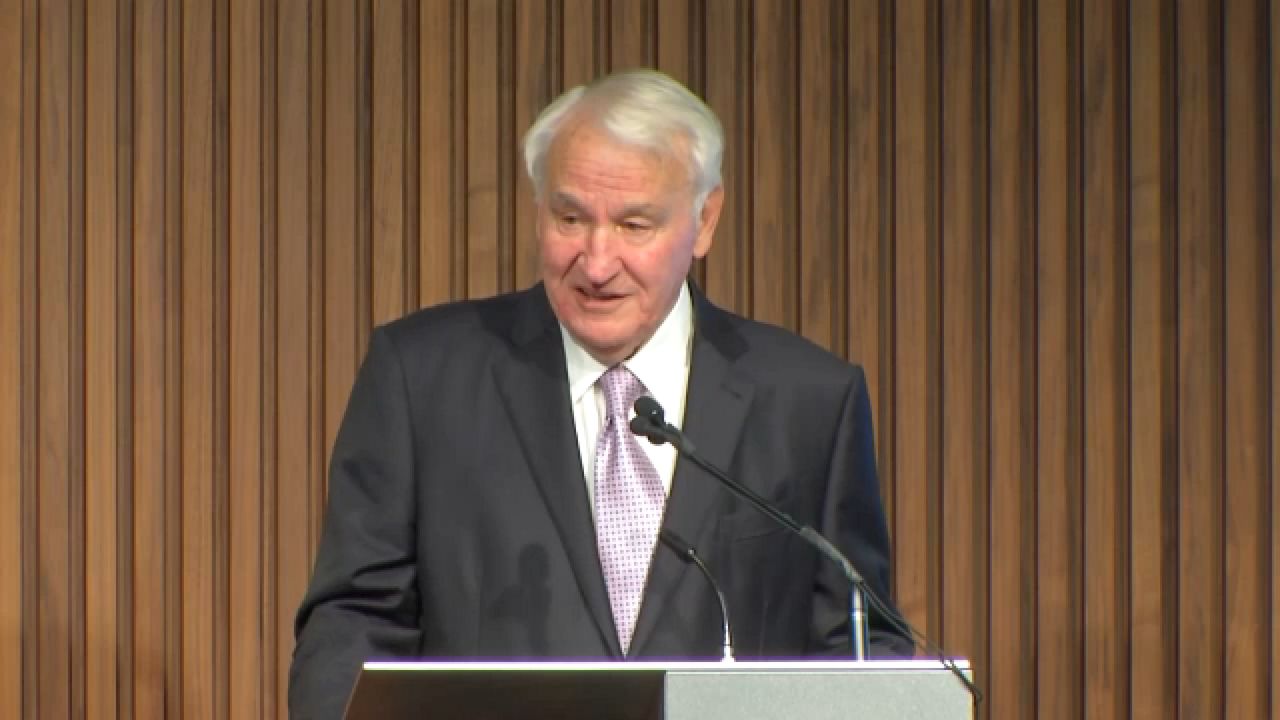BUFFALO, N.Y. — One in 100 people faces hunger across the Empire State.
With inflation still shrinking people's dollars and countless other issues that contribute, local organizations are having to find new ways of tackling food insecurity across New York.
"So we founded the co-op in 2016," said Alexander Wright, founder of the African Heritage Food Co-op in Niagara Falls. "As a community share agreement, people just put in $30 and we did pick pickups every month."
From those pickups to mobile markets and working to open up local stores, Wright and the co-op directly tackle food insecurity.
Across New York state, 32 of the 62 counties grapple with the issue.
"We've seen food insecurity tackled in many ways," Wright said. "One through commerce like we do it. Urban Fruits & Veggies also does it that way. But there are also a lot of food pantries and food banks."
The good news is there are hundreds of food banks, soup kitchens and emergency pantries across New York.
"We can kind of keep track of the trends and realize how much emergency food needs to go out the door in order to meet that need," said Mark Dwyer, marketing and communications director for Foodlink.
Foodlink, based in Rochester, is helping to build that network of support across the state.
"So I'd see the strength of our network that really deserves most of the credit in terms of these hundreds of food pantries that are serving people every day," Dwyer said. "But we know that they're seeing a dramatic spike in the last year alone."
"Usually, we work with food, pantries and foodbanks," Wright said. "It would be with help with deliveries. Because you have to make sure that you can get the food to the people."
Not all who struggle with food insecurity have a physical address.
"So we use food as a vehicle to kind of build relationships with people," said John Tumino, founder of In My Father's Kitchen in Syracuse.
That’s where Tumino and organizations like his come in. They tackle this problem with a broader approach, getting homeless populations the support they need to get on the path to self-sufficiency.
"So now they go access pantries, there are food drops that happen to them," Tumino said. "Now it's like me and you living in our own place, right, where you cook dinner at breakfast when we want it, how we want it, so it gives them dignity, but the food insecurity kind of goes away once they become housed."
Of course, while different hyperlocal, grassroots efforts are continuing that direct help, there is more to be done.
"Advocacy about public policy is a significant step that we can take as a community," Dwyer said.
"We are a statewide anti-hunger organization, we're non-profit," said Krista Hesdorfer, government relations manager for Hunger Solutions New York. "Our work focuses on alleviating hunger by maximizing participation in the federal nutrition assistance programs.
One of the biggest pushes in Albany is the Healthy School Meals For All program which would help fight food insecurities for countless students and families across New York.
"It's hard to imagine a further reaching and more impactful policy change than providing healthy school meals for all kids," said Hesdorfer.
"It's always good to hear about legislative changes because that's where the things get changed on like a molecular level," Wright said. "Like this is when it really happens."
But Wright thinks we could go a step further to make the biggest change.
"I want them to bring in community folks actually cook this food," Wright said. "And to have that community aspect and open it up to bring more jobs to the community that the schools in."
As it stands, close to 1.9 million New Yorkers face food insecurity every single day. The uphill battle against it is being fought every single day.
"It gives me some comfort to know that we do have a bunch of organizations and companies working toward it," Wright said. "As part of the solution to these problems, we can move to the next level and get some of this stuff solved."
The program that would impact free school meals could help tackle the staggering statistic of one in seven kids facing hunger.
Feeding America cites that it would cost over $1 billion to address all hunger needs in the state.










